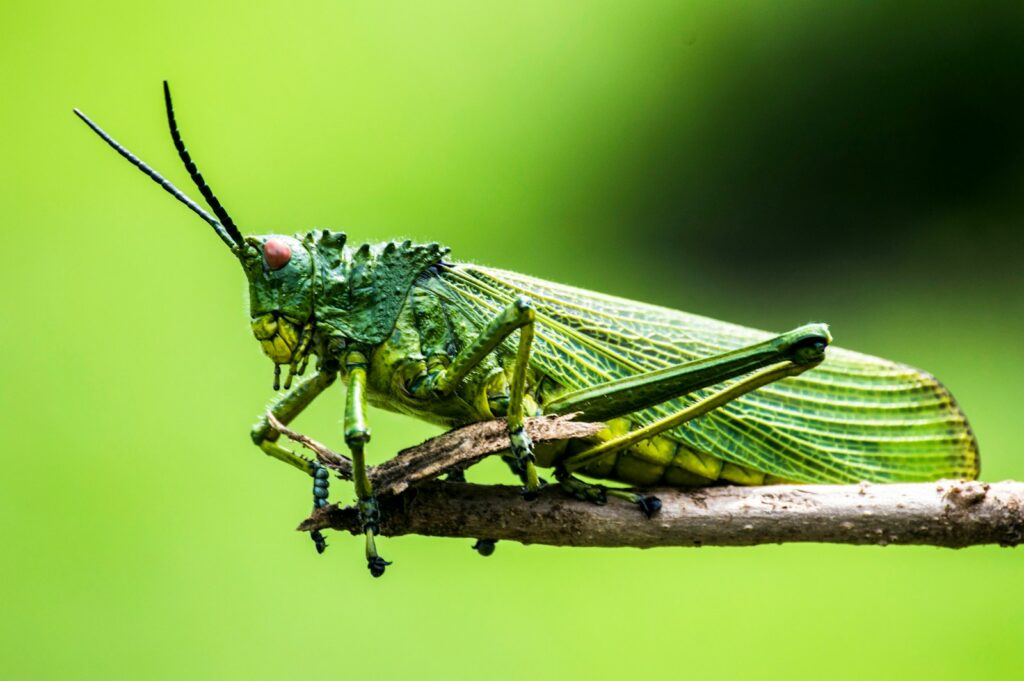The Link Between Insect Decline and Bird Population Crashes
In the intricate web of our planet’s ecosystems, seemingly small changes can trigger far-reaching consequences. Over recent decades, scientists have observed two alarming trends occurring in parallel: a dramatic decline in insect populations worldwide and corresponding crashes in bird numbers. This relationship represents one of the most concerning yet underappreciated ecological crises of our time. As insects vanish—often due to human activities—the birds that depend on them for survival face increasing challenges. This ecological domino effect illustrates how deeply interconnected our natural systems are and serves as a warning about the cascading impacts of biodiversity loss. Understanding this relationship is crucial not just for conservation efforts but for protecting the ecological foundations that ultimately support human well-being.
The Insect Apocalypse: Understanding the Scope

Scientists worldwide have documented what many now refer to as the “insect apocalypse,” with studies showing declines of 45-75% in insect biomass across various regions over the past few decades. A landmark 2017 study from Germany revealed a shocking 76% decline in flying insect biomass within protected areas over just 27 years. Similar patterns have emerged from research in Puerto Rico, where scientists documented 98% declines in ground insect biomass in tropical forests. These losses span across various insect orders and families, affecting not just specific species but entire functional groups within ecosystems. The geographic breadth of these declines—from Europe to the Americas, Asia, and Australia—indicates a global phenomenon rather than localized problems.
Birds as Insect Predators: A Critical Ecological Relationship

The majority of bird species rely heavily on insects as a primary food source, either throughout their lives or during critical stages such as chick-rearing. Aerial insectivores like swallows, swifts, and nightjars specialize in catching flying insects, having evolved remarkable adaptations for this hunting strategy. Many songbirds, including warblers and thrushes, depend on caterpillars and other insect larvae to feed their growing nestlings, with a single chickadee family consuming 6,000-9,000 caterpillars during the brief nesting period. Research has shown that the protein and specific nutrients found in insects often cannot be adequately replaced by other food sources, especially during reproductive periods when energy demands peak. This dietary specialization creates a direct vulnerability for birds when their insect prey base collapses.
Declining Bird Populations: The Evidence

Recent studies have revealed alarming statistics about bird population declines globally, with particularly stark losses among insectivorous species. North America has lost nearly 3 billion birds since 1970—representing a 29% reduction—with aerial insectivores showing the steepest declines at over 30%. In Europe, the situation mirrors this pattern, with farmland birds declining by 56% since 1980, and insect specialists like spotted flycatchers and yellow wagtails experiencing population crashes exceeding 60%. Long-term monitoring programs in Australia have documented 50% declines in some woodland insectivorous bird populations, while similar trends have been observed across tropical regions. These declines cut across diverse habitats and geographic regions, with the common thread being insectivory as a primary feeding strategy.
The Nutritional Mismatch: Quality Over Quantity

The relationship between insect availability and bird survival extends beyond simple caloric requirements to specific nutritional needs that insects uniquely fulfill. Insects provide critical micronutrients, particularly for nestling development, including essential amino acids, calcium, and high-quality proteins that cannot be adequately substituted. Research has demonstrated that broods raised during periods of insect scarcity show developmental abnormalities, reduced immune function, and lower survival rates even when parents bring alternative foods. Studies with captive birds have confirmed that even when provided with seemingly adequate non-insect food sources, reproductive success and offspring quality decrease significantly. This nutritional mismatch may explain why some bird populations continue to decline even when they attempt to adapt by incorporating more plant-based foods into their diets.
Agricultural Intensification: Transforming Landscapes
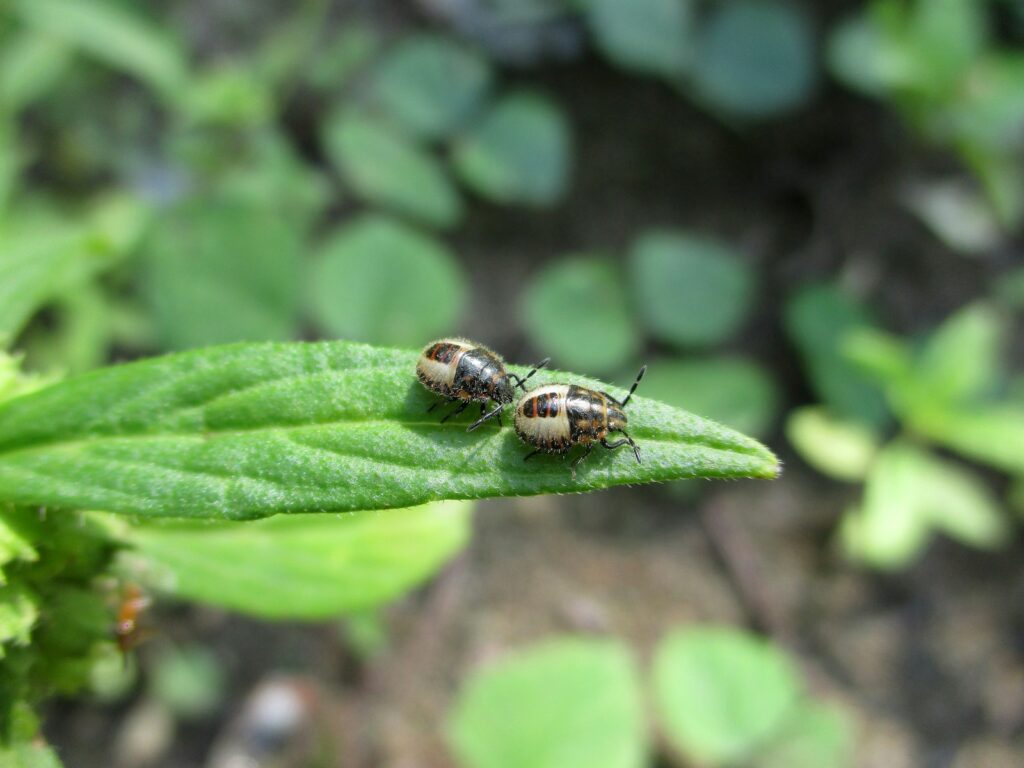
Modern agricultural practices have dramatically transformed landscapes into ecological deserts for many insect species, creating ripple effects throughout food webs. The shift toward monoculture farming has eliminated habitat diversity that once supported varied insect communities, while hedgerow removal and field consolidation have reduced crucial boundary habitats. Studies have documented 67% fewer insect species and 35% less biomass in intensive agricultural areas compared to organic or low-intensity farms. The timing of agricultural activities often disrupts critical insect life cycle stages, with early mowing preventing wildflower blooming that would support pollinators. Research in Europe has shown that bird densities in intensive agricultural landscapes have decreased by up to 75% compared to traditional farming systems, with insectivorous species showing the most dramatic declines.
Pesticides: Direct and Indirect Impacts
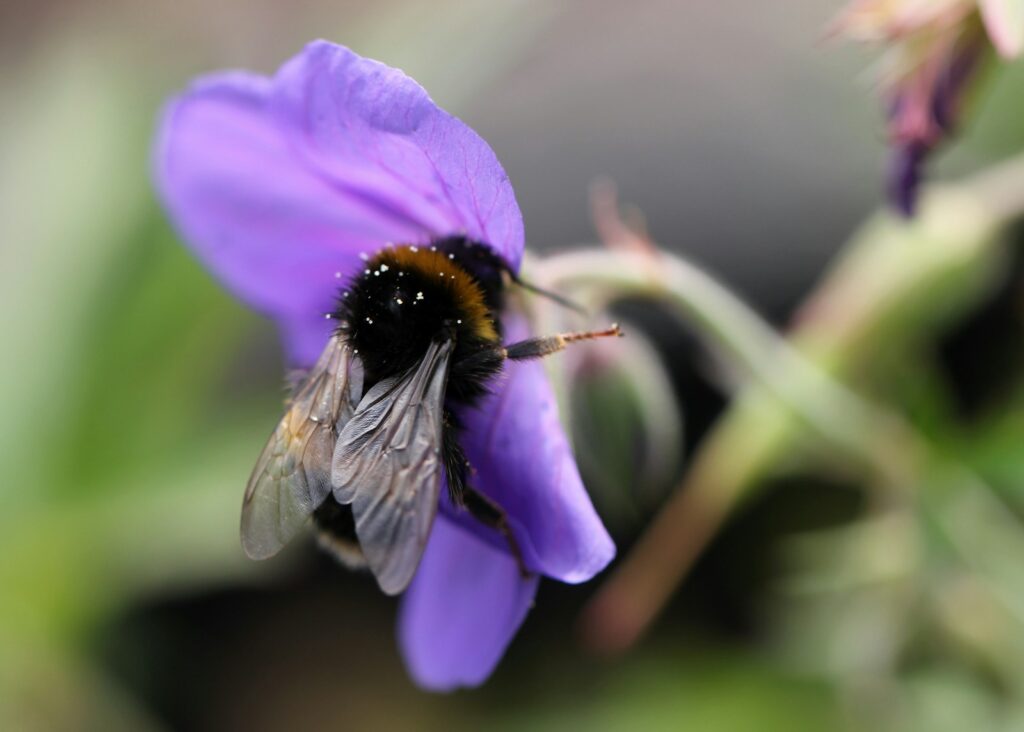
Pesticide use represents one of the most significant drivers of insect decline, affecting bird populations through both direct and indirect pathways. Neonicotinoid insecticides, now the most widely used class globally, persist in soil and water systems, with studies showing they can reduce insect populations by 70-90% in treated areas. Birds can be directly poisoned by consuming treated seeds or contaminated insects, with sub-lethal effects including impaired navigation, reduced breeding success, and compromised immune function. Research has demonstrated that aerial insectivore declines correlate strongly with areas of high neonicotinoid use, particularly in agricultural regions of North America and Europe. The timing is particularly troubling as many pesticides reach peak concentration during spring breeding seasons when birds have their highest protein requirements for reproduction.
Climate Change: Disrupting Ecological Synchrony

Climate change is creating profound mismatches in the timing of bird breeding and peak insect availability, a phenomenon known as “phenological asynchrony.” Many insects emerge based on temperature thresholds, while birds often time their breeding using daylight cues, leading to potential desynchronization as temperatures warm. Long-term studies of European pied flycatchers have shown that their breeding season has fallen increasingly out of sync with caterpillar peaks, resulting in food shortages during critical nestling periods and population declines of over 90% in some regions. Climate-induced extreme weather events also impact insect populations dramatically, with droughts reducing aquatic insect emergence and floods disrupting soil-dwelling species. These climatic disruptions create boom-and-bust cycles in insect availability that many bird species cannot adapt to within their natural evolutionary timeframes.
Habitat Loss: Removing Insect Nurseries
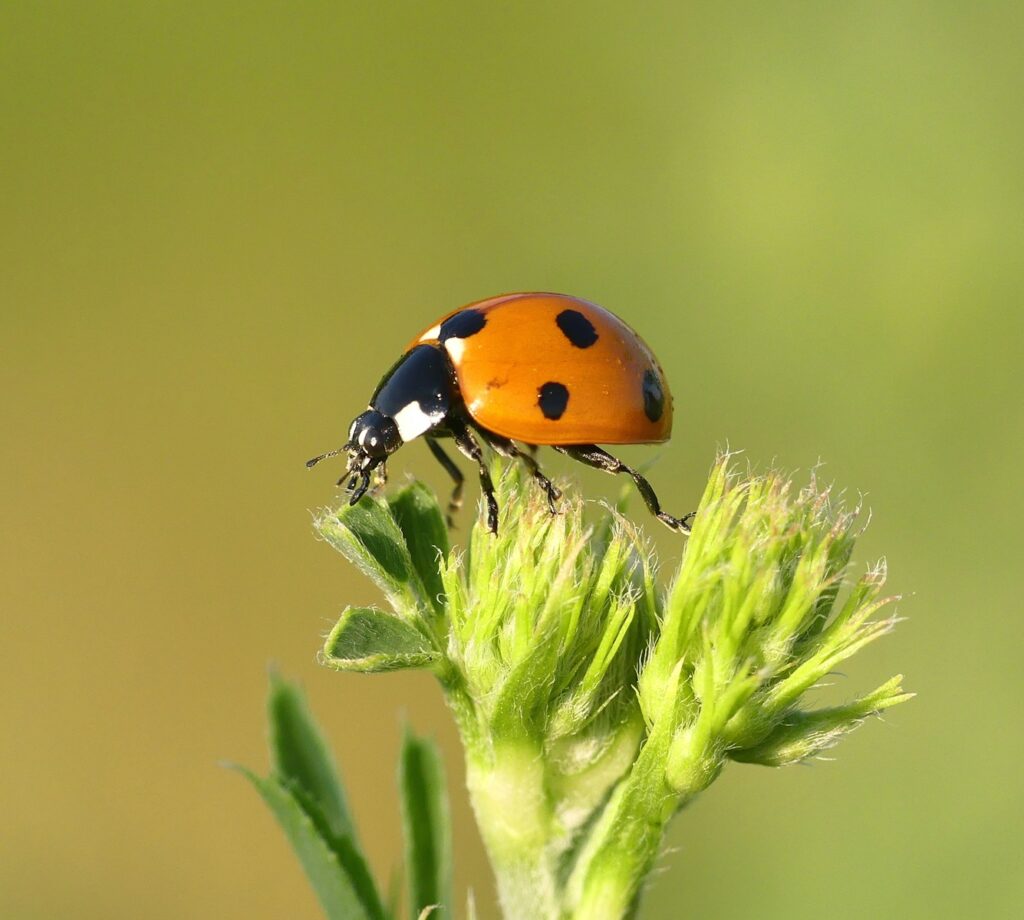
The conversion of natural landscapes to human-dominated environments has eliminated critical habitats that once served as insect breeding grounds, with cascading effects on bird populations. Wetland drainage has been particularly damaging, with global wetland extent decreasing by approximately 35% since 1970, eliminating crucial habitats for mosquitoes, dragonflies, and other aquatic insects that form the base of many food chains. Urban expansion typically reduces insect diversity by 85-90% compared to natural areas, while replacing native vegetation with ornamental species creates “food deserts” for insectivorous birds. Long-term research in North America has shown that each 10% increase in urban land cover correlates with approximately 5-7% declines in aerial insectivore abundance. These habitat transformations have created fragmented landscapes where remaining insect populations cannot sustain historical bird numbers.
Light Pollution: The Overlooked Threat
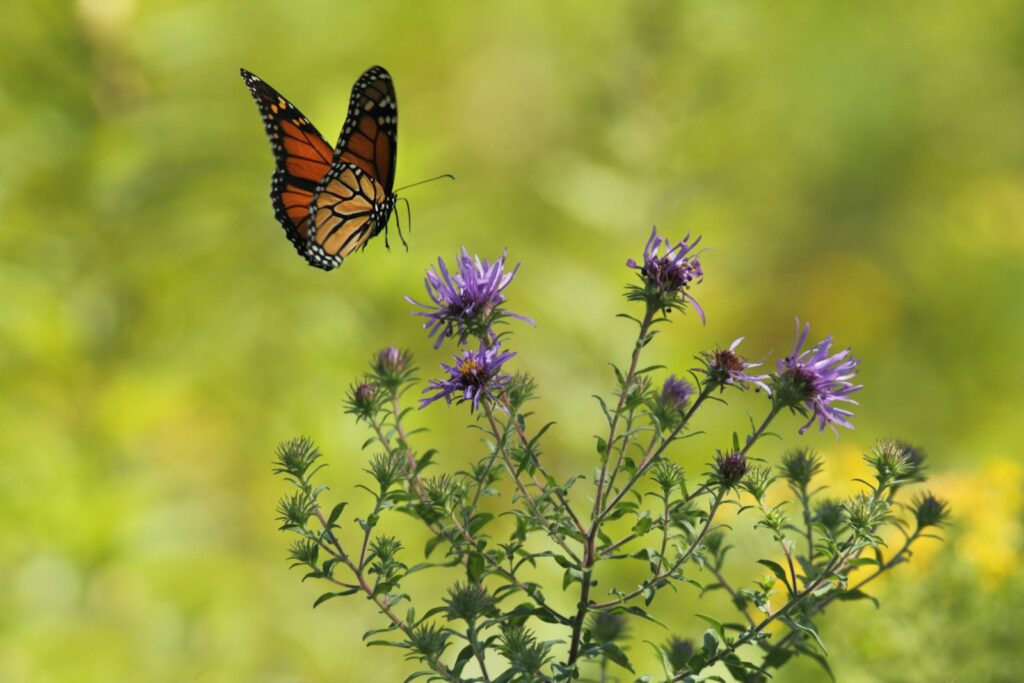
Artificial light at night has emerged as a significant but often overlooked driver of insect decline with direct consequences for nocturnal bird feeding. Studies estimate that millions of insects die nightly around artificial lights, creating “ecological traps” that attract insects away from their natural habitats and disrupt normal behaviors. Research has documented 60% reductions in moth populations in artificially lit areas compared to dark sites, affecting the food supply for nightjars, owls, and other nocturnal insectivores. Light pollution disrupts firefly communication and mating, with some species showing 70-90% reductions in flash activity in illuminated areas. Even diurnal birds are affected, as artificial lighting disrupts the behavior of nocturnal insects that would normally be available as morning food sources, particularly during the dawn chorus when many birds feed most actively.
Case Studies: The Collapse of Aerial Insectivores
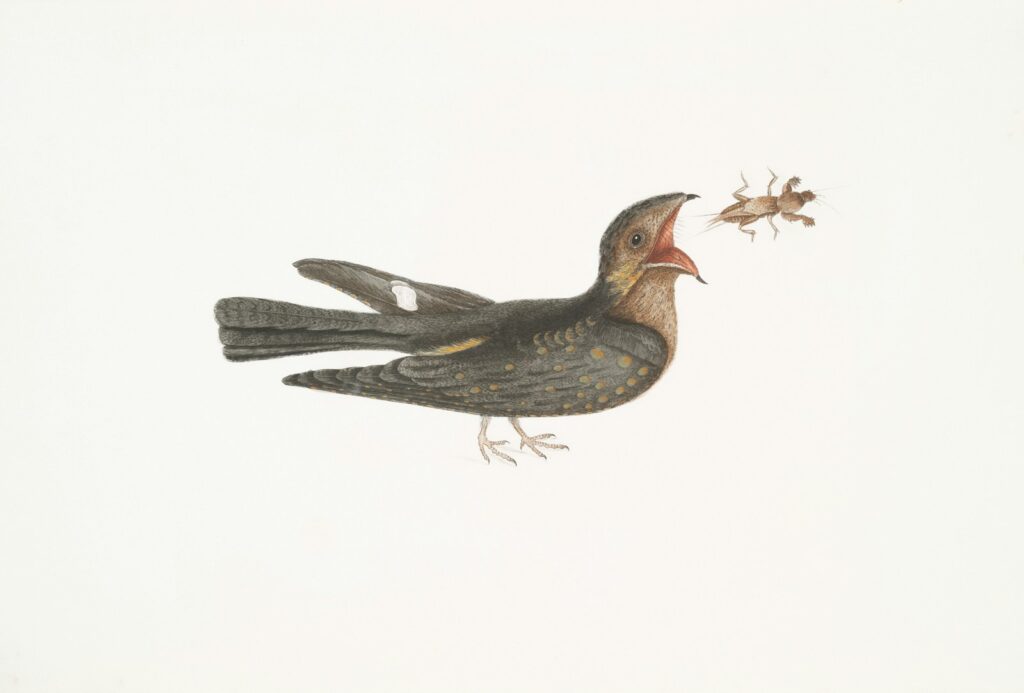
Among the most dramatic examples of the insect-bird decline connection is the fate of aerial insectivores—birds that catch insects in flight. The whip-poor-will, once common across eastern North America, has declined by 69% since 1970, with studies directly linking its disappearance to declining moth populations that constitute its primary food. European common swifts have seen population crashes exceeding 50% in countries like the UK and Germany, coinciding with documented losses of their flying insect prey. Long-term research in Canada has shown that purple martin populations track flying insect biomass with remarkable precision, with each 10% reduction in aerial insects correlating to approximately 6-8% declines in breeding success the following year. In Australia, studies of welcome swallows have demonstrated how collapsed insect populations near agricultural areas have created “reproduction dead zones” where birds attempt to nest but consistently fail due to insufficient food for nestlings.
Conservation Success Stories: Reversing the Trend

Despite the grim overall picture, targeted conservation efforts have demonstrated that recovering insect populations can lead to bird recoveries. The restoration of wetlands in the Netherlands’ Weerribben-Wieden National Park led to a 300% increase in aerial insect biomass within five years, followed by significant population recoveries for declining species like sedge warblers and reed buntings. Organic farming initiatives in the UK have created landscape-level changes that increased insect diversity by 30% and abundance by 50%, with corresponding increases in skylark and yellowhammer populations. The “Dark Sky” movement has successfully established light-pollution-free zones that have documented 40-60% higher nocturnal insect activity, supporting healthier populations of nightjars and other nocturnal insectivores. These success stories demonstrate that when we prioritize insect conservation through specific interventions, bird populations often show remarkable resilience and capacity for recovery.
Research Challenges and Knowledge Gaps

Understanding the complex relationship between insect and bird declines presents significant scientific challenges that researchers are still working to address. Long-term insect monitoring programs are relatively rare compared to bird surveys, creating data asymmetries that make it difficult to establish precise cause-and-effect relationships across different ecosystems. Quantifying exactly how many insects are needed to support healthy bird populations remains difficult, though several studies suggest threshold effects where bird reproduction collapses once insect biomass falls below 40-60% of historical levels. Researchers face methodological challenges in tracking insect abundance, as traditional trapping methods may themselves affect local populations. Future research priorities include developing non-destructive monitoring techniques, establishing more comprehensive baseline data, and creating predictive models that can help identify areas where intervention would be most effective.
Conservation Implications and Path Forward
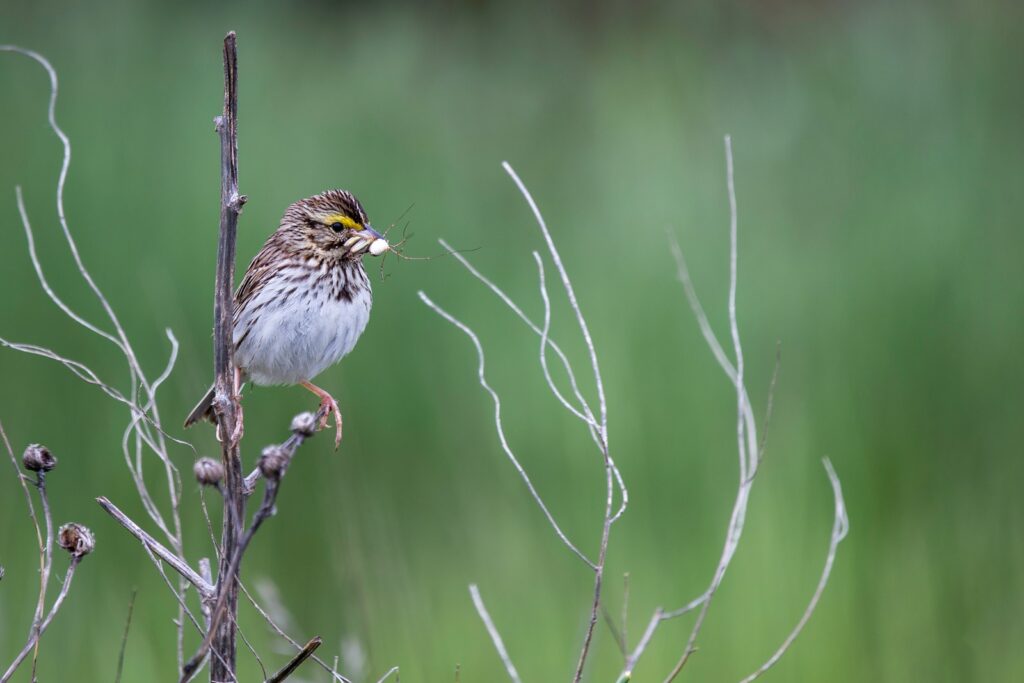
Addressing the linked decline of insects and birds requires integrated conservation approaches that recognize the fundamental connection between these groups. Habitat restoration projects should prioritize creating insect-friendly landscapes with native flowering plants, diverse vegetation structure, and reduced pesticide use to rebuild foundational food webs. Policy reforms around agricultural practices, particularly pesticide regulations, need to consider impacts on insect-bird relationships rather than focusing solely on crop protection or isolated species effects. Citizen science initiatives like community insect monitoring programs can fill crucial data gaps while building public awareness and support for conservation efforts. The recovery of both insect and bird populations will require unprecedented coordination across different sectors—agriculture, urban planning, conservation, and public policy—recognizing that healthy ecosystems depend on maintaining these ancient and essential ecological relationships.
Conclusion
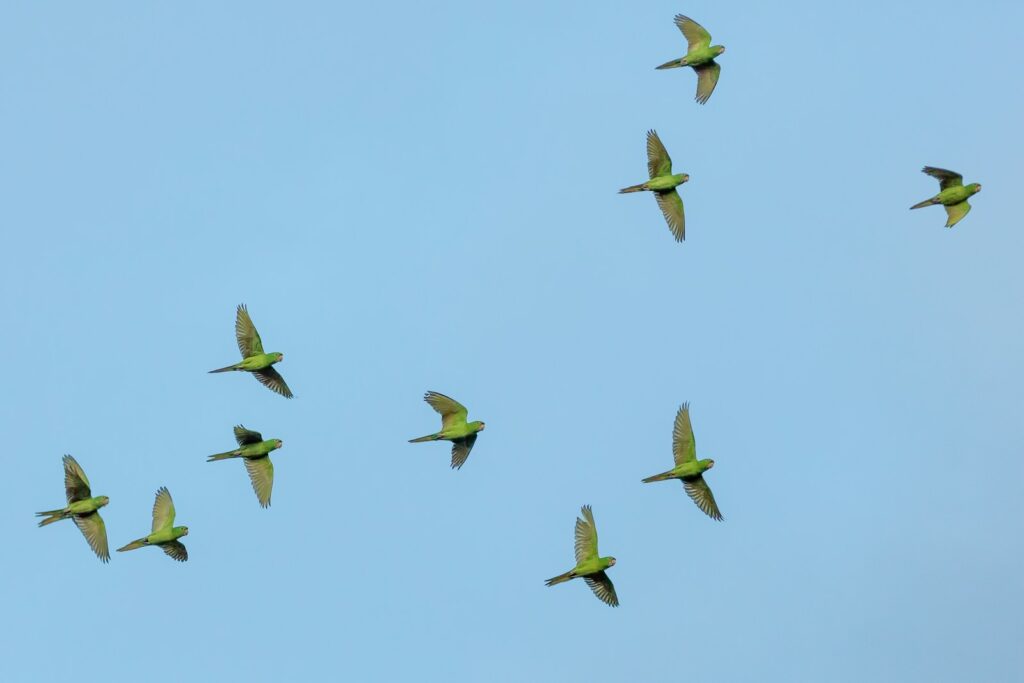
The parallel decline of insect and bird populations represents one of the most significant yet underappreciated ecological crises of our time. The evidence clearly demonstrates that these trends are deeply interconnected, with insect losses driving bird population crashes through direct food web relationships. This ecological disruption serves as a powerful indicator of broader environmental degradation that ultimately threatens the natural systems on which all life depends. Yet amidst this concerning picture, successful conservation initiatives demonstrate that these declines are not inevitable. By acknowledging the critical importance of insects as the foundation of healthy ecosystems and implementing targeted conservation measures, we can help restore the ecological balance necessary for birds and countless other species to thrive. The future of our planet’s biodiversity depends on recognizing and protecting these fundamental relationships within the web of life.

